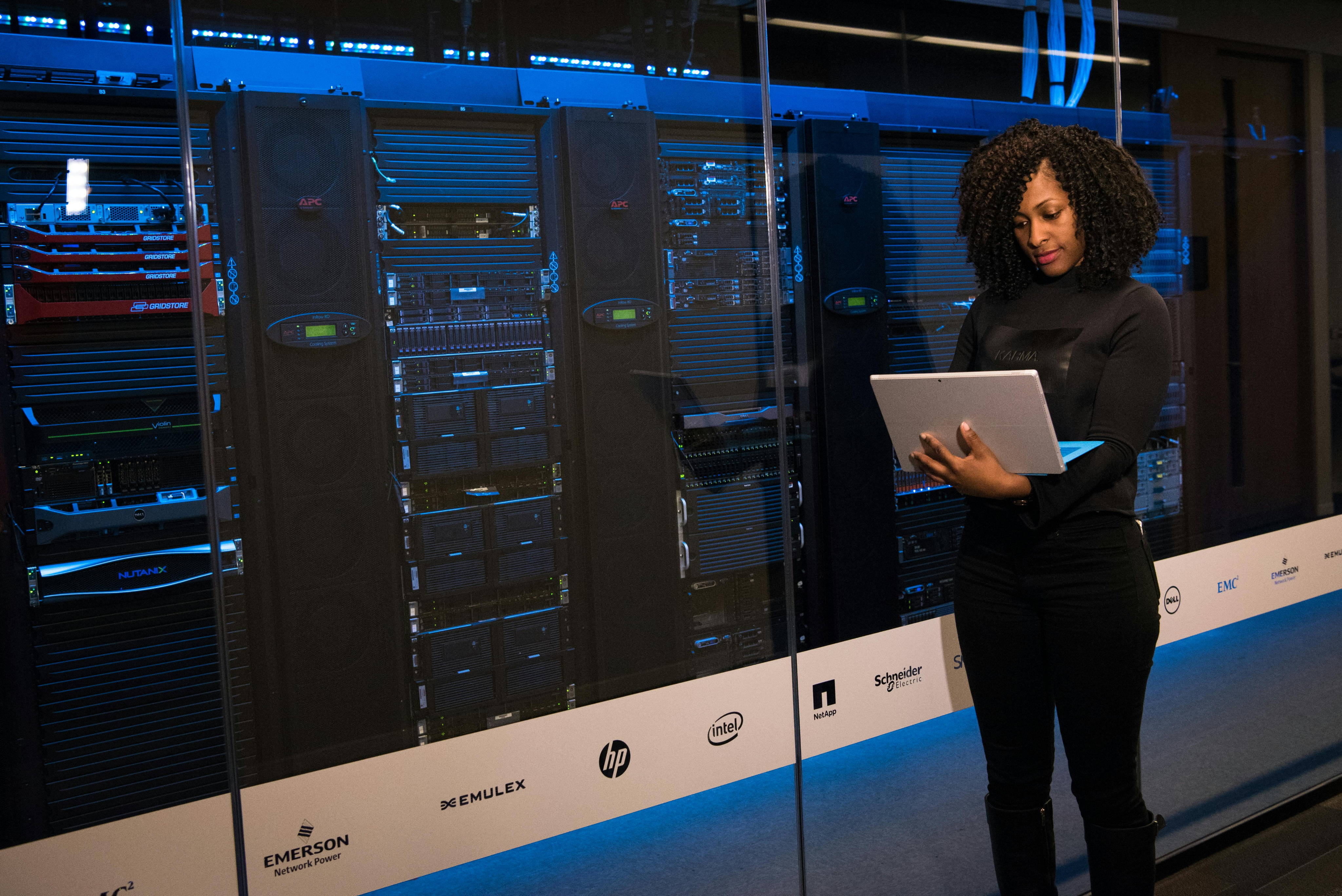Deep Dive and Comparison of NVMe RAID Solutions: Performance Analysis and Datapath Breakdown
In this presentation, I will delve into the world of NVMe RAID and present a comprehensive analysis and comparison of various NVMe RAID engines. Through comparative testing and performance analysis using state-of-the-art performance analysis tools, I have identified bottlenecks in these engines when handling different workloads. During the presentation, I will provide valuable insights and comparisons, showcasing significant figures that highlight the performance differences among the tested NVMe RAID solutions.






